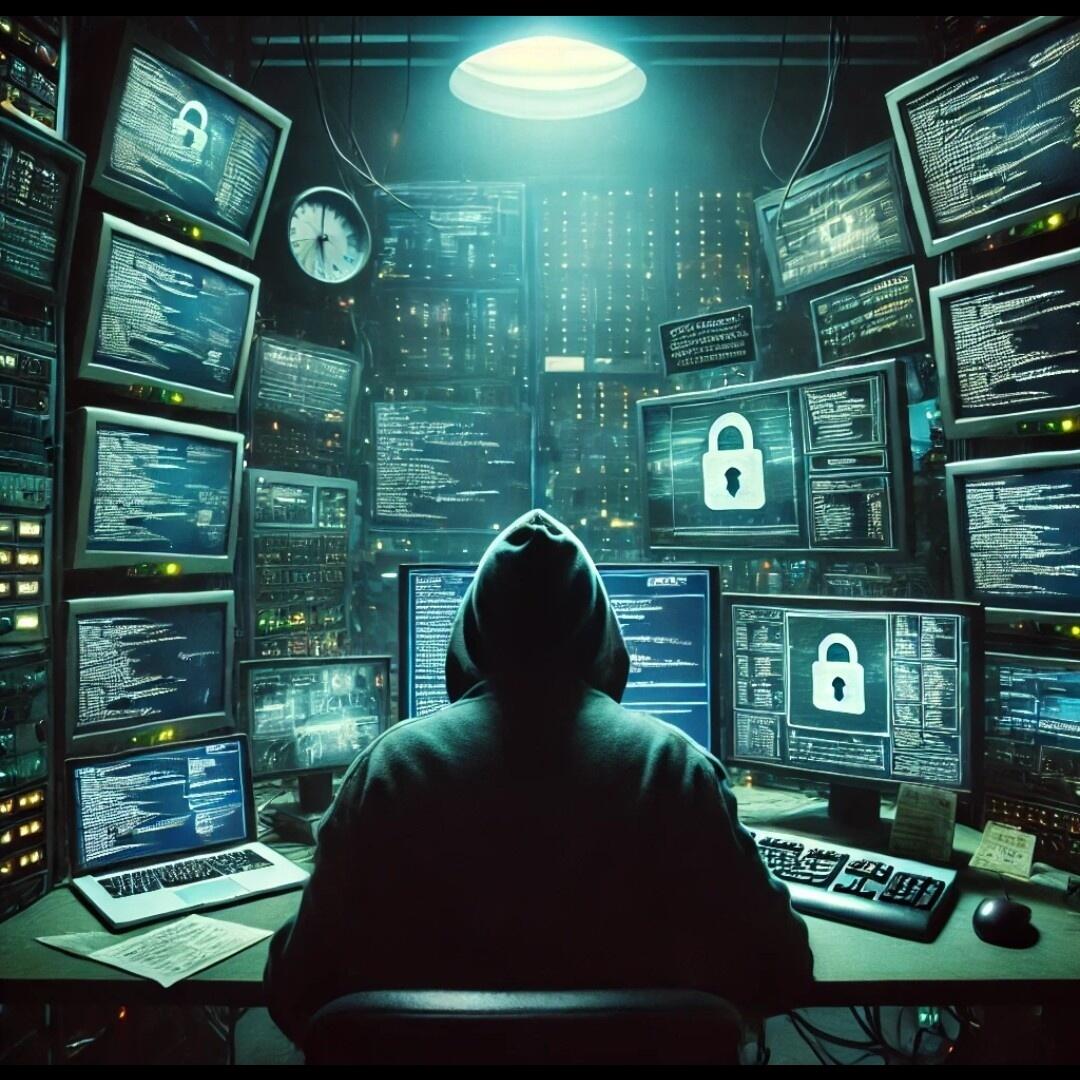-
 @ 547oshinakamo70
2025-01-08 01:43:16
@ 547oshinakamo70
2025-01-08 01:43:16Creating a real quantum multitemporal messaging system to send messages to the past or interact with it is not feasible with current quantum technology or known physics. However, we can simulate this concept for a fictional or learning environment. Here's a plan:
- Emulating Qubits:
- Use quantum computing libraries like Qiskit to simulate qubits.
- Model how quantum information might be "encoded."
- Messaging Interface:
- An input/output system to send and receive "fictitious" messages.
- Generate altered timestamps to simulate messages sent to the past.
- Temporal Impact Simulation:
- Create logs where the message appears to have been received before it was sent.
- Optionally: Generate interactions based on a "past server."
Python Code: Quantum Multitemporal Messaging Simulation
This script uses Qiskit (quantum simulator) to emulate sending and receiving messages across different times. Install Qiskit first:
bash pip install qiskit```python from qiskit import QuantumCircuit, Aer, execute from datetime import datetime, timedelta import random import time
def quantum_encode_message(message: str): """ Encodes a message into a quantum circuit. Simulates quantum superposition for multitemporal messaging. """ # Create a quantum circuit with 1 qubit and 1 classical bit qc = QuantumCircuit(1, 1)
# Apply Hadamard gate to put the qubit into superposition qc.h(0) # Encode the message as a "rotation" on the qubit rotation = sum(ord(char) for char in message) % 360 # Message as an angle qc.rx(rotation, 0) # Measure the qubit qc.measure(0, 0) return qcdef send_message_to_past(message: str): """ Simulates sending a message to the past using quantum encoding. """ print(f"Sending message: '{message}'") qc = quantum_encode_message(message)
# Simulate execution on a quantum simulator simulator = Aer.get_backend('qasm_simulator') result = execute(qc, simulator, shots=1).result() state = list(result.get_counts().keys())[0] # Generate a "past" timestamp past_time = datetime.now() - timedelta(minutes=random.randint(1, 60)) print(f"Message encoded in quantum state: {state}") print(f"Message appears to have been delivered on: {past_time.strftime('%Y-%m-%d %H:%M:%S')}\n") return past_timedef receive_message(): """ Simulates receiving a message that was "sent from the future". """ future_time = datetime.now() + timedelta(minutes=random.randint(1, 60)) message = random.choice(["Hello from the future", "Quantum messaging works!", "This is a test message."])
print(f"Received a message: '{message}'") print(f"Message appears to have been sent on: {future_time.strftime('%Y-%m-%d %H:%M:%S')}\n") return message, future_timeMain simulation loop
if name == "main": print("== Quantum Multitemporal Messaging System ==")
# Simulate sending a message to the past send_message_to_past("This is a quantum message to the past.") # Simulate receiving a message from the future receive_message() print("Simulation complete.")```
How the Code Works 1. Quantum Message Encoding: - Uses a basic quantum circuit with a qubit in superposition (Hadamard gate) to encode the message. - Encoding is simulated as rotations based on the message's content.
- Simulating Messages to the Past:
- Generates fictitious timestamps that make it appear as if the message was delivered to the past.
-
Uses quantum simulation to "encode" the data.
-
Simulating Messages from the Future:
- Generates predefined messages with timestamps that appear to be from the future.
Limitations - This is a simulated system and does not actually interact with the past or future. - It is designed to learn basic concepts of quantum computing and simulation.